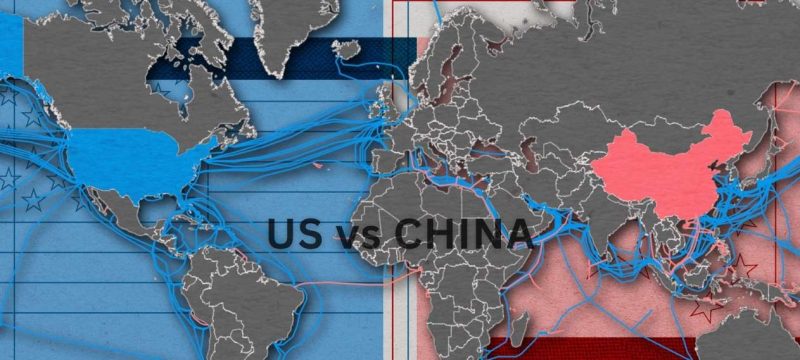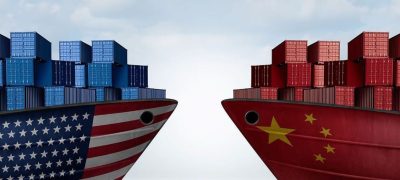A hidden front in the US-China battle is unfolding under the ocean. Control over undersea internet cables has become a high-stakes strategic issue.
New reporting shows both nations are racing to lay and control submarine cables. These cables carry most global internet traffic. The side that secures key routes can influence data flows and surveillance.
The US-China battle has extended beyond tariffs and tech to the deep sea. The U.S. is pushing for partnerships with allies to build and protect cable networks far from Chinese influence.
China is not passive. It has plans to expand its own cable infrastructure to shape how data moves across Asia, Africa, and beyond. These efforts are part of its broader digital and geopolitical ambitions.
Undersea cables face risks: natural hazards, cable breaks, and sabotage. In the US-China battle, vulnerability in cable networks is a security concern. Disruptions could slow internet, affect banking, or degrade communications.
The U.S. is tilting investment toward cables that avoid waters where China holds influence. It aims to diversify routes and reduce dependence on cables routed near Chinese-controlled zones.
China, in turn, focuses on projecting soft power through cable projects in the Indo-Pacific and along Belt and Road corridors. It seeks agreements with coastal states to land cables under favorable terms.
Experts warn the US-China battle over undersea cables is not just about data flow. It’s about influence, control, and resilience of global networks. Nations without strong infrastructure may become dependent.
As this silent struggle continues, internet security and geopolitical power are merging. The world is watching how dominance over undersea cables might shift the balance in global connectivity.
In other news also read about China Imposes Sanctions on Six US Companies During Trade Talks









